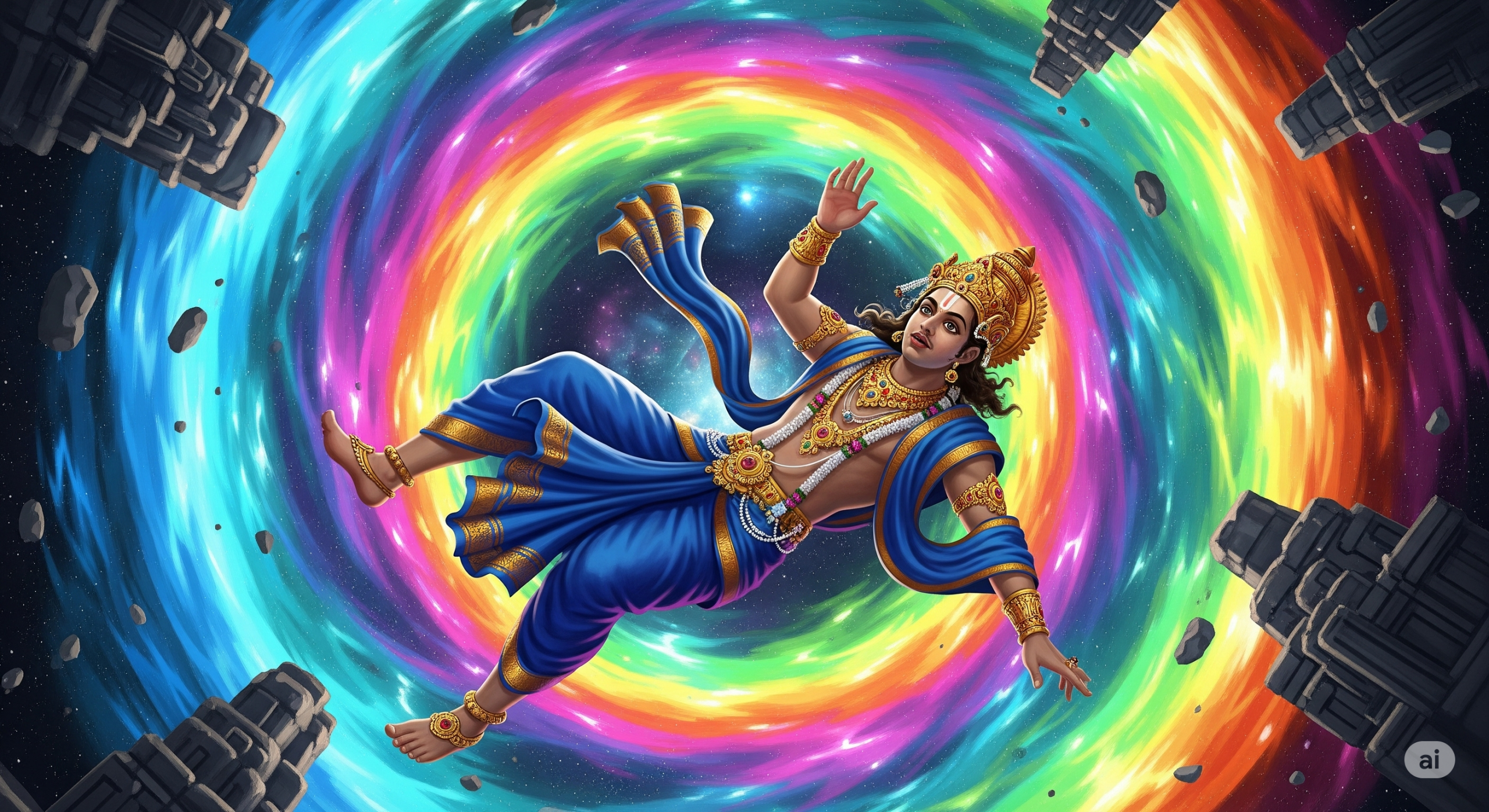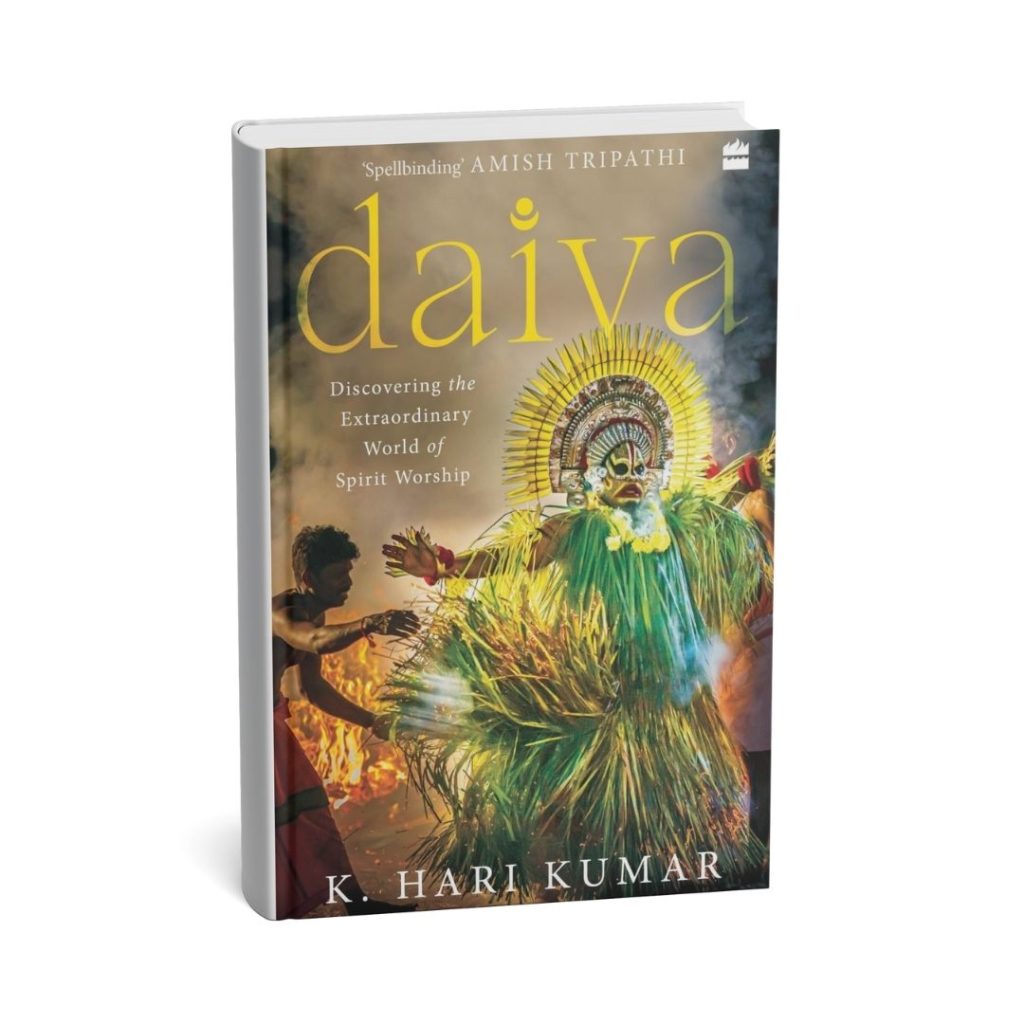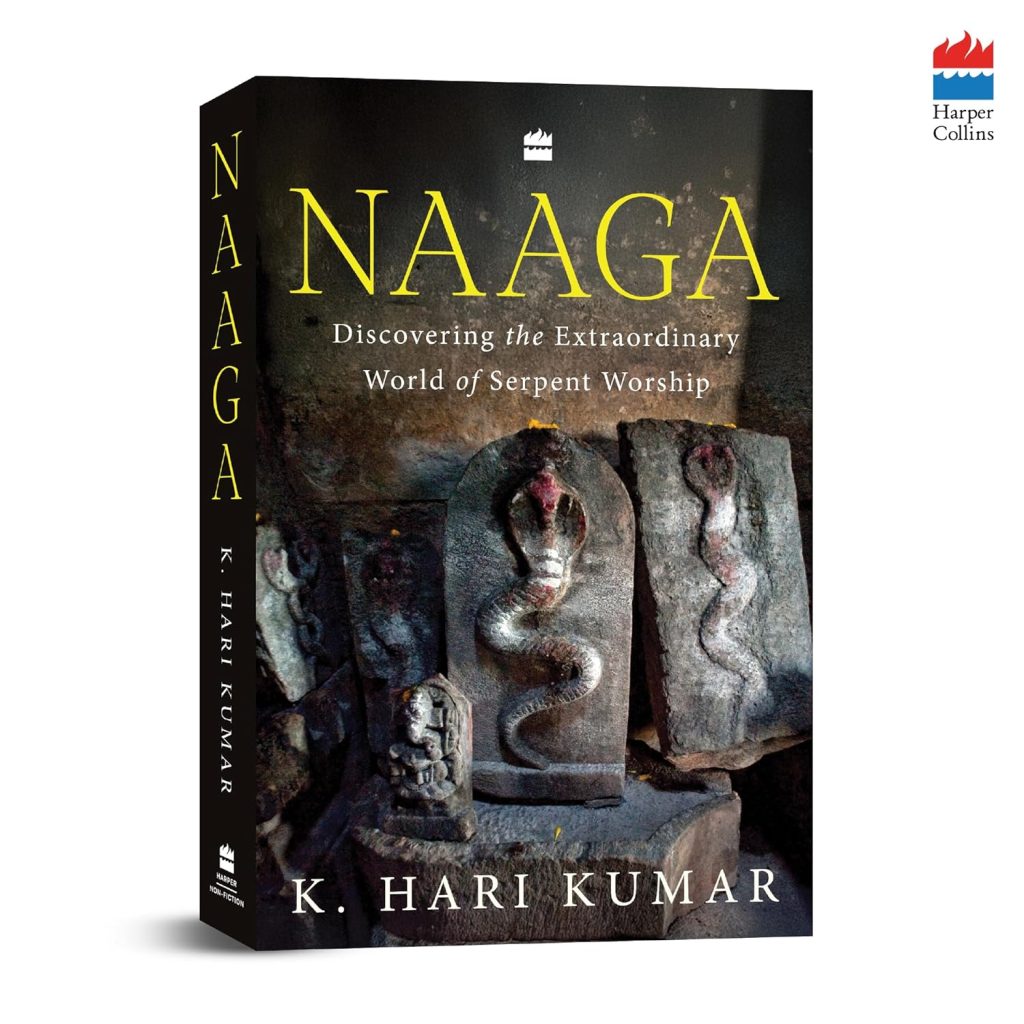Imagine stepping away for what feels like mere moments, only to return to a world where centuries have passed. This idea, often found in science fiction, has roots far older than modern physics. Ancient civilisations, particularly in India, explored remarkably similar concepts through their rich narratives. At the heart of this lies the ancient King Kakudmi story. Found in texts such as the Bhagavata Purana and the Mahabharata, this legend stands as an early and clear example of time dilation, suggesting Hindu philosophy considered time’s relativity long before modern science began to measure such phenomena.
Watch the full episode on this story on Chaturya – The Fourth State Channel:
King Kakudmi Story – The Astonishing Journey
Once upon a time, long long ago, in the kingdom of Kushasthali, lived a virtuous ruler called Kakudmi. He had a beautiful and intelligent daughter, Revati.
Unable to find a suitable husband for her on Earth, Kakudmi sought advice from Lord Brahma, the universe’s creator. This meant an extraordinary journey to Brahmaloka, Brahma’s celestial home which is in another realm altogether. A realm where time was understood to operate differently.
Upon their arrival in Brahmaloka, Kakudmi and Revati waited patiently while Brahma listened to a musical performance of the Gandharvas. What seemed to them like a brief 20-28 minutes in Brahma’s realm would have a startling effect back on Earth.
After the music, Brahma revealed the truth: “O King, in the short time you have spent here, twenty-seven chatur-yugas have passed on Earth.”
What did that mean?
One chatur-yuga = 4,320,000 years. That’s over 116 million Earth years gone in the blink of a cosmic eye!
All of Kakudmi’s proposed candidates, their descendants, and even his kingdom were long gone. Over 116 million years had elapsed. This dramatic difference highlights that ancient Hindu thinkers grasped that time is not a fixed constant, but a relative experience. Brahma then advised Revati to marry Balarama, Lord Krishna’s elder brother, who was on Earth at that time.
Returning to Earth, Kakudmi and Revati were shocked. Humanity had “dwindled in stature, reduced in vigour, and enfeebled in intellect,” and their city, Kushasthali, was now Dwaraka. It was ruled by Krishna. And as suggested by Brahma, Kukudmi proposed an alliance with Balarama.
However, Revati herself was much taller than Balarama, a physical sign of her origin from an earlier era. According to the purana, Balarama used his plough to gently tap her, shrinking her to the average height of people in his age.
Einstein’s Relativity: Time’s Flexible Nature
Fast forward to the 20th century, and Albert Einstein’s theories of Special and General Relativity reshaped our understanding of time. He showed that time is not absolute, but a flexible dimension, part of a unified “spacetime” fabric that can be bent by mass and energy.
This flexibility is known as time dilation, occurring in two main ways:
- Velocity Time Dilation: Time passes slower for an object moving faster relative to a stationary observer.
- Gravitational Time Dilation: Time slows down in stronger gravitational fields.
These are not just theories; they are scientifically proven. Astronauts on the International Space Station age slightly less than people on Earth, and atomic clocks flown on jets tick slower than those on the ground.
Interstellar: Bringing Time Dilation to the Big Screen
Christopher Nolan’s film Interstellar offers a powerful cinematic depiction of time dilation. The film’s astronauts visit Miller’s Planet, orbiting close to a supermassive black hole. Here, time is dramatically dilated: “One hour here equals seven years on Earth.” A brief stay of a few hours on the planet results in 23 years passing for their colleague in orbit.
Both the Kakudmi story and Interstellar highlight the emotional cost of such time shifts: the loss of loved ones, the disappearance of familiar worlds, and the disorientation of returning to a changed reality.
Ancient Wisdom, Modern Echoes
The Kakudmi story, Einstein’s theories, and Interstellar all point to a core idea: time is relative. While the ancient myth attributes this to divine realms, and modern science to physical laws, the concept of time passing at different rates depending on one’s “frame of reference” remains consistent.
Hindu texts were not scientific predictions, but they showed an intuitive grasp of time’s non-absolute nature. Similar time distortion stories appear in other ancient cultures, like the Seven Sleepers of Ephesus or the Japanese legend of Urashima Taro, underscoring a shared human fascination with time’s mysteries.
The Kakudmi narrative reminds us that ancient wisdom often mirrors contemporary scientific discoveries, inviting us to consider the enduring human capacity for cosmic insight.
For a deeper look into this fascinating topic, watch my video here:(https://www.youtube.com/watch?v=qFk9vrvTvQA)
You can read a similar story about Brahma and the Naagas here.




Leave a Reply